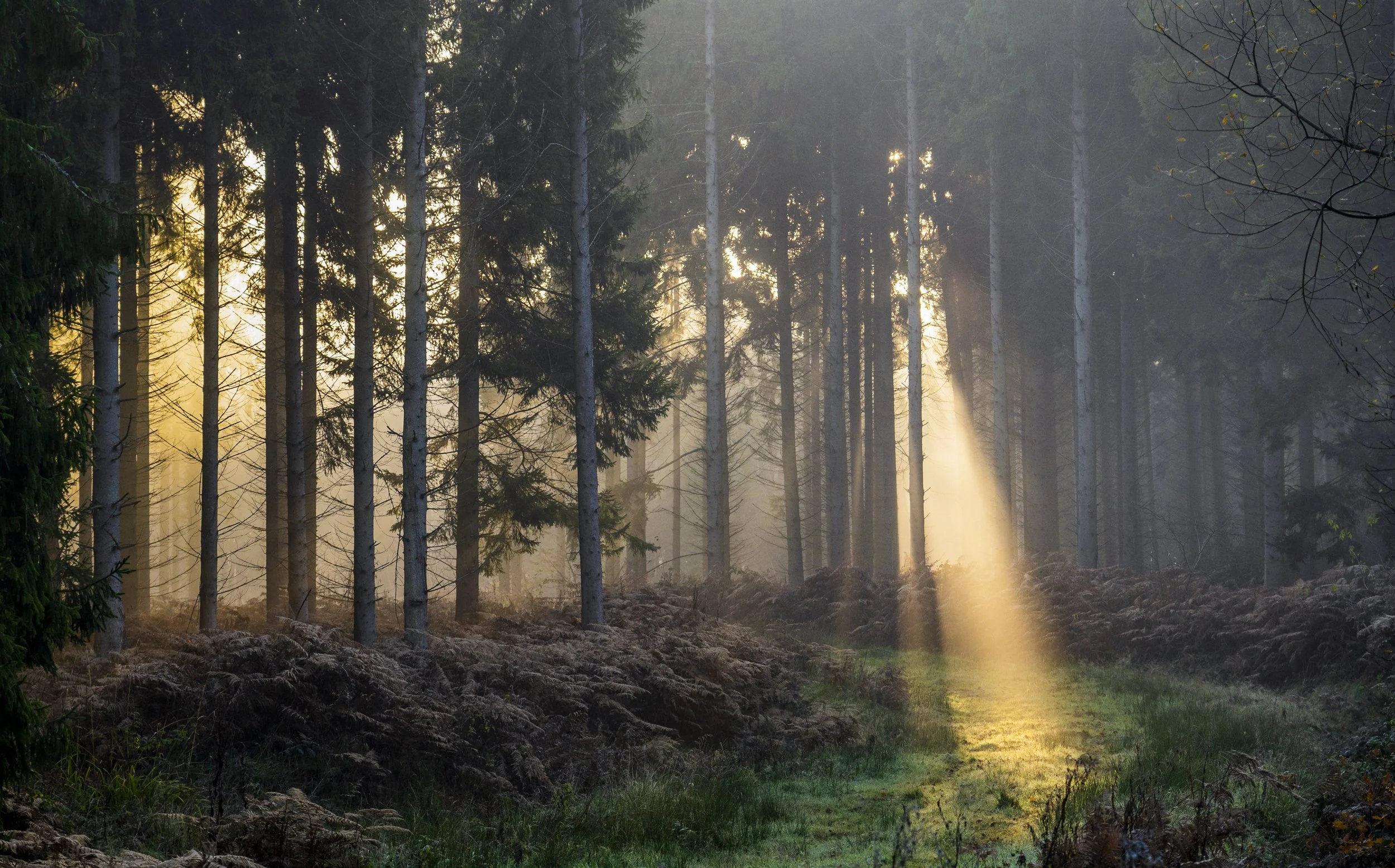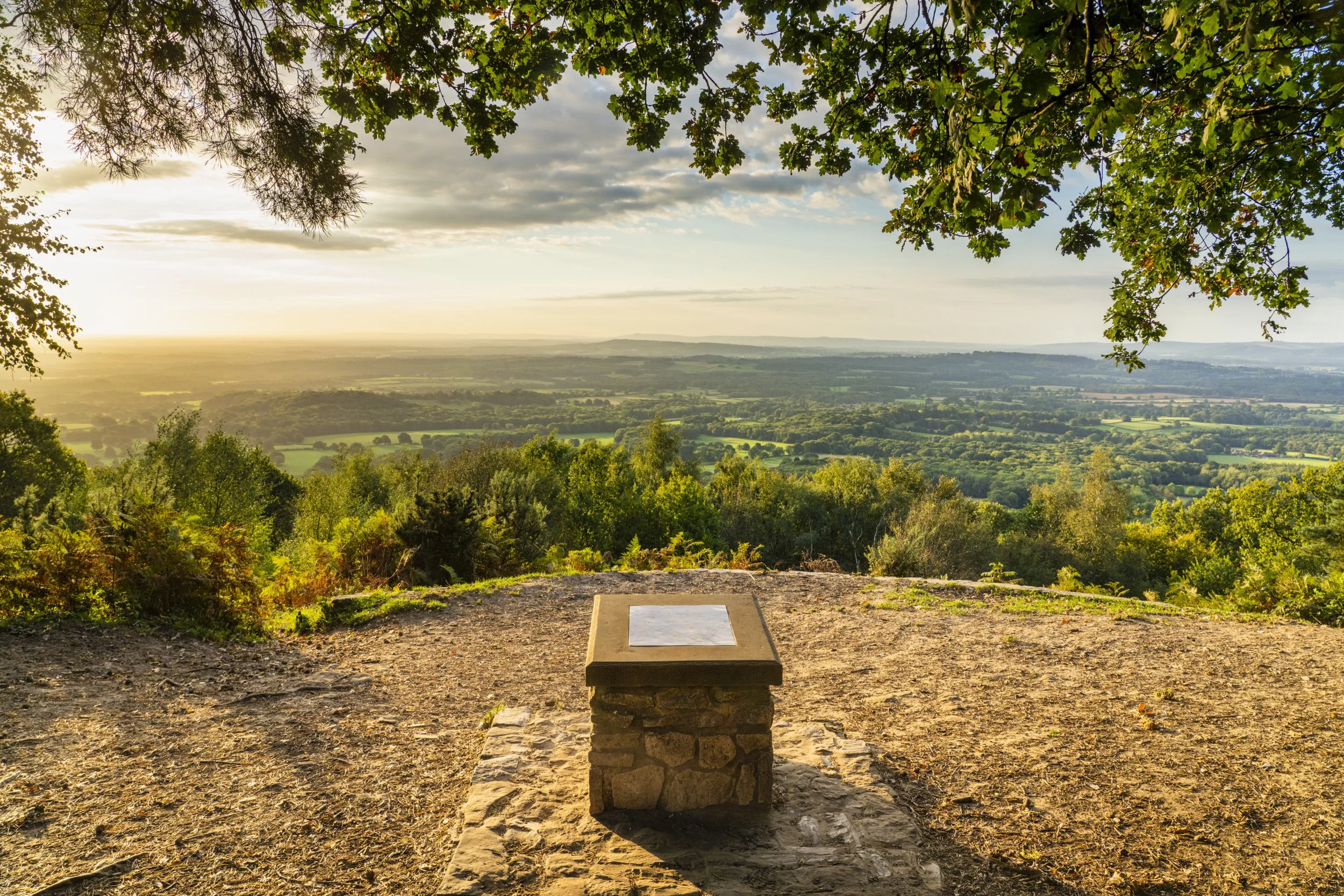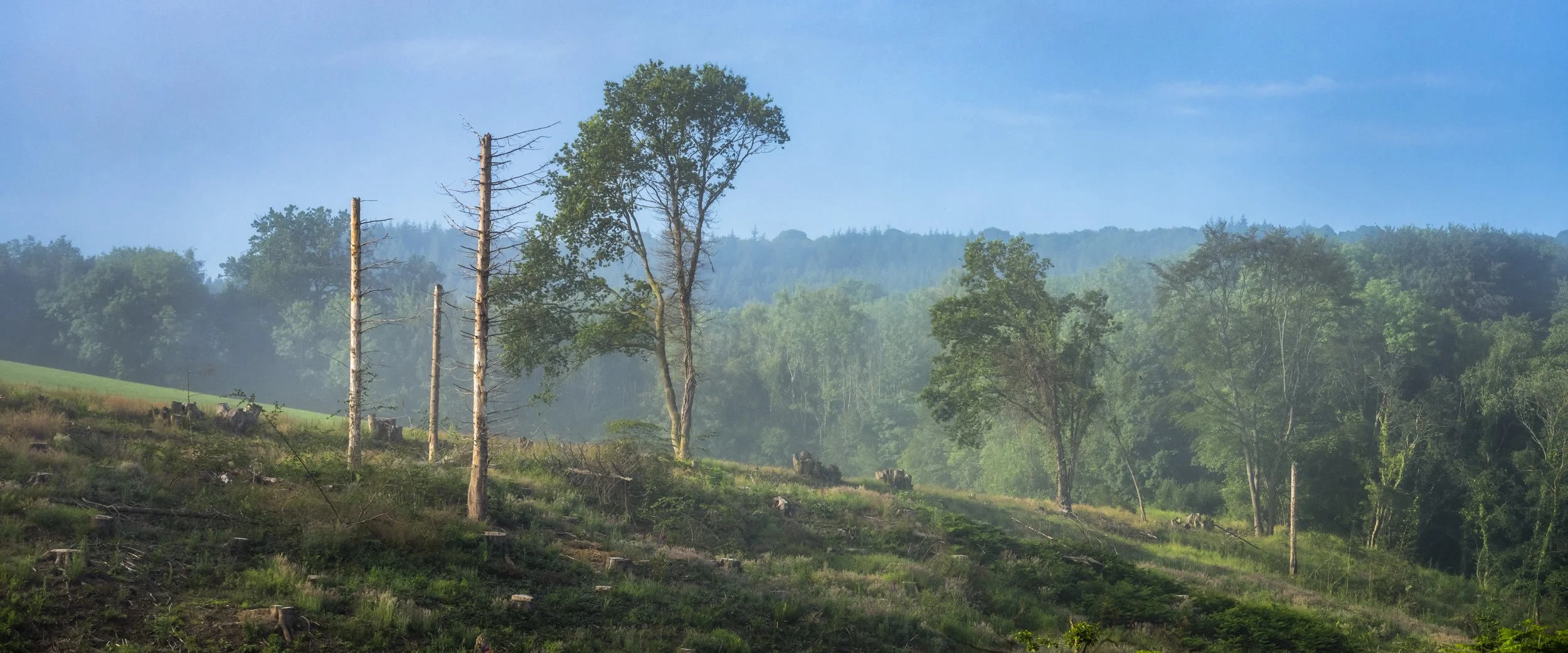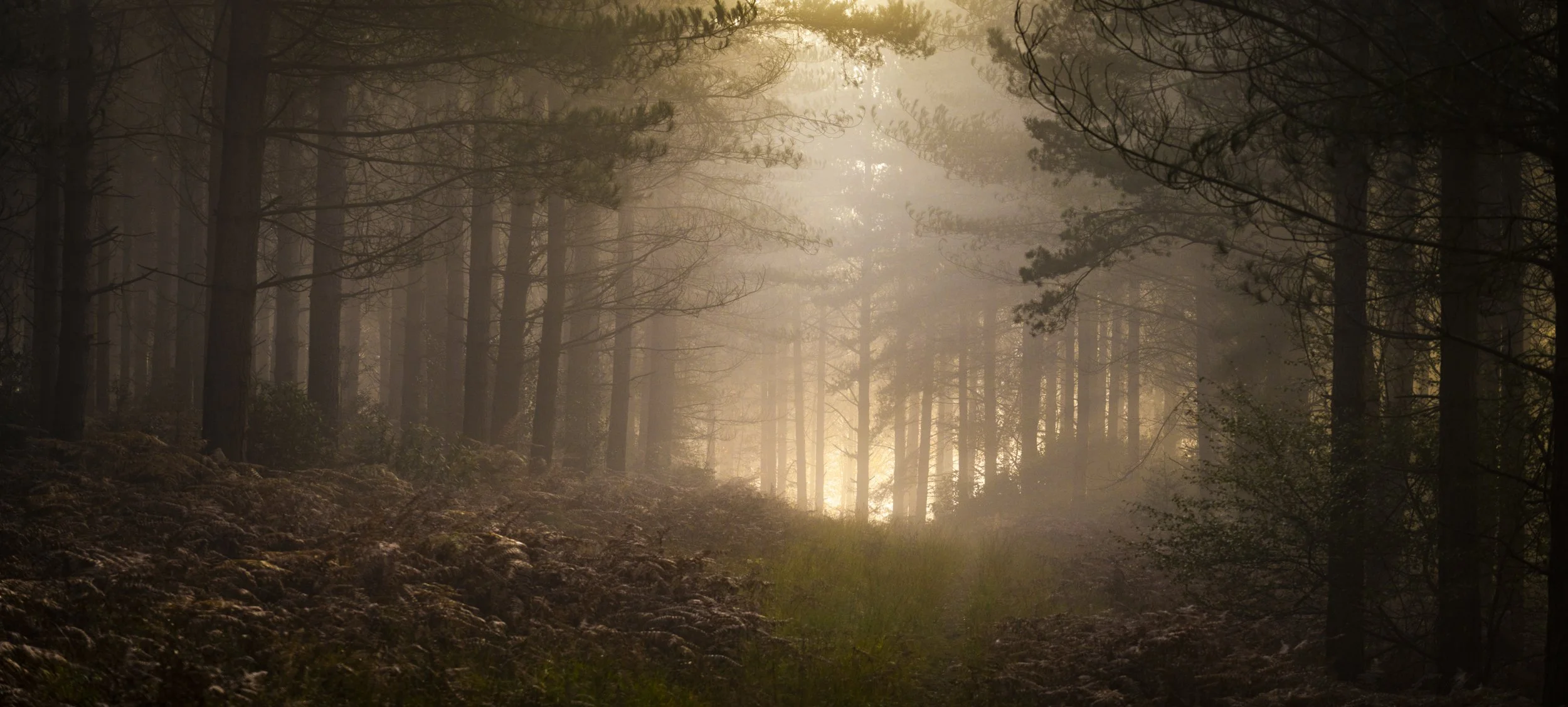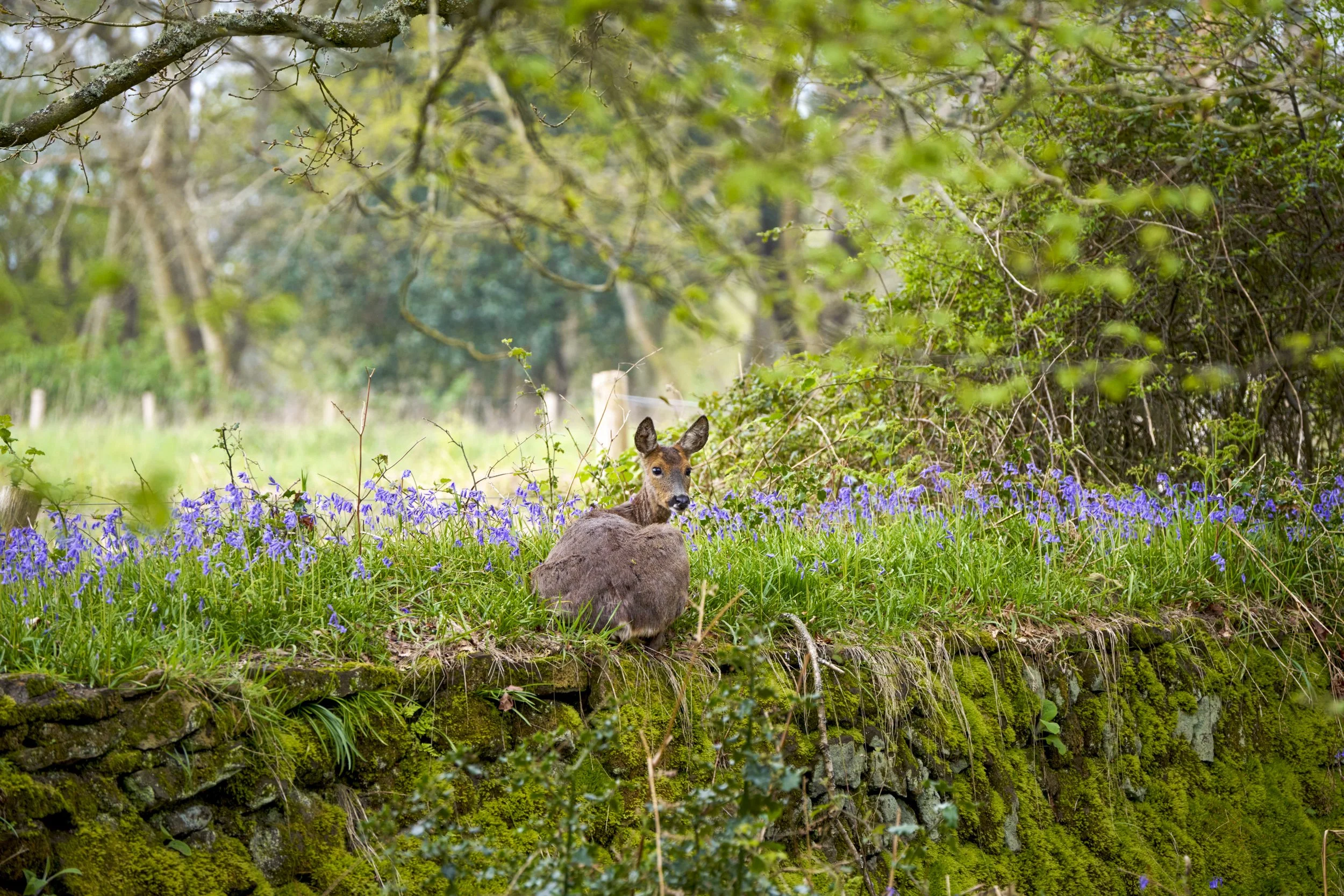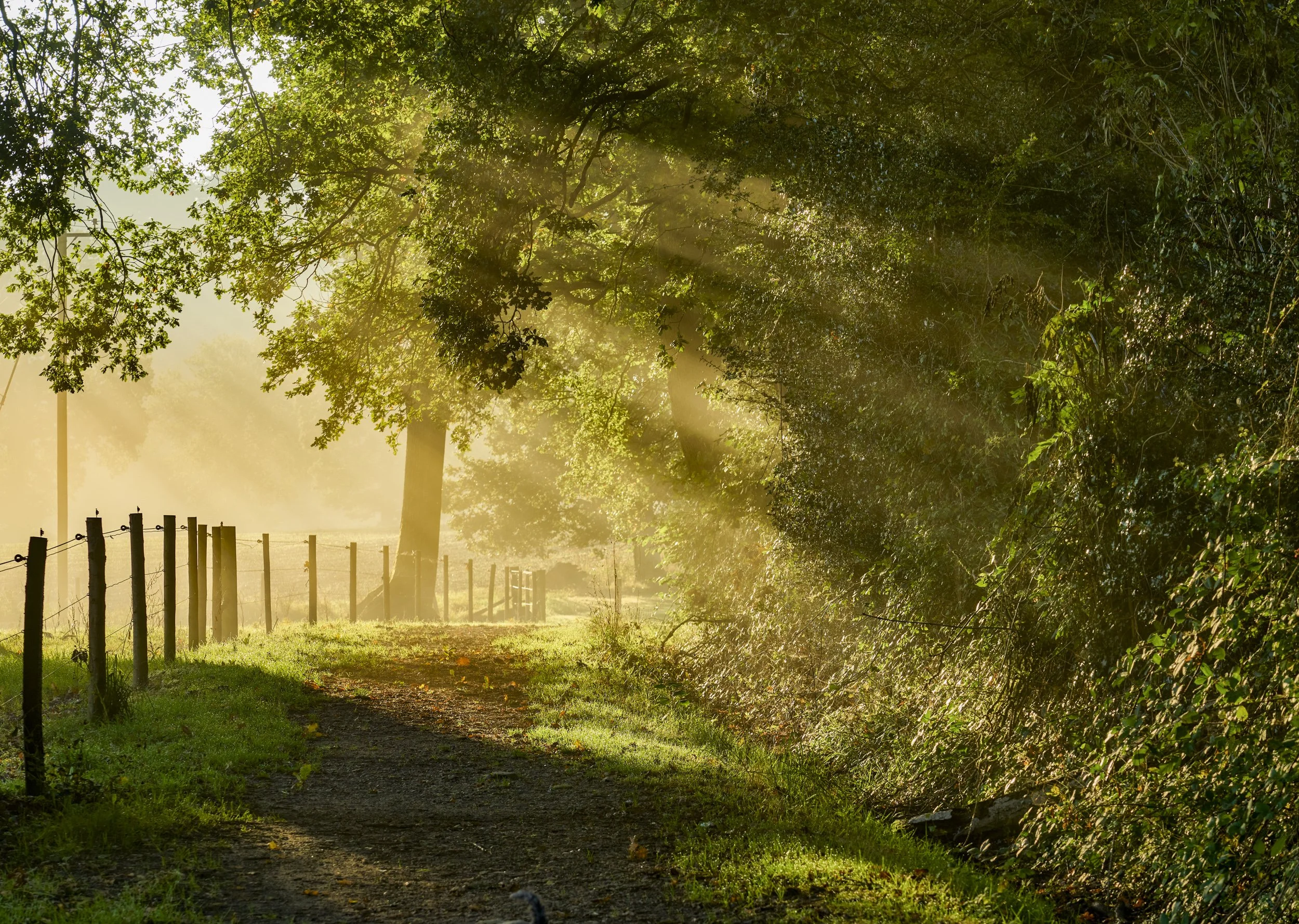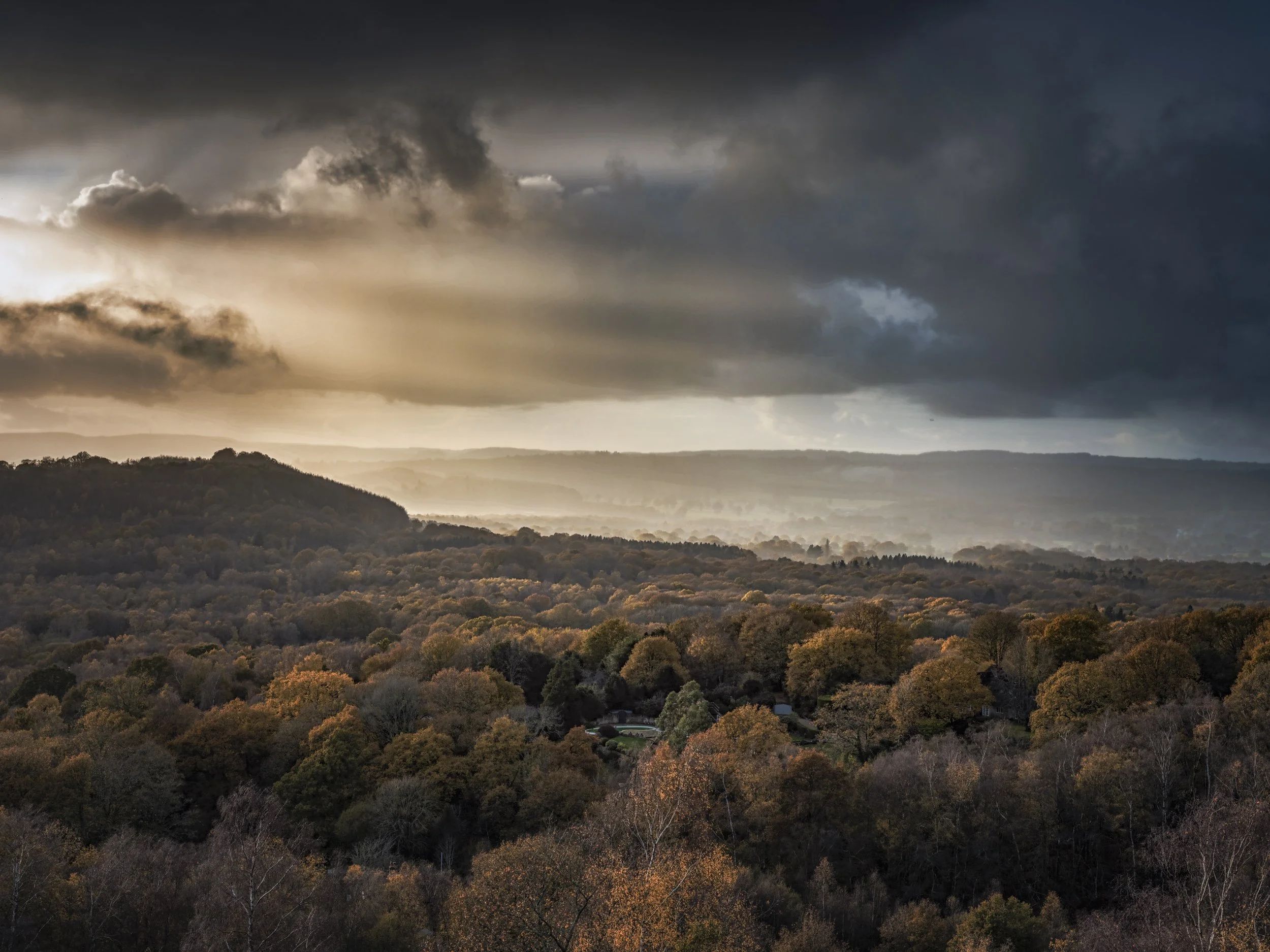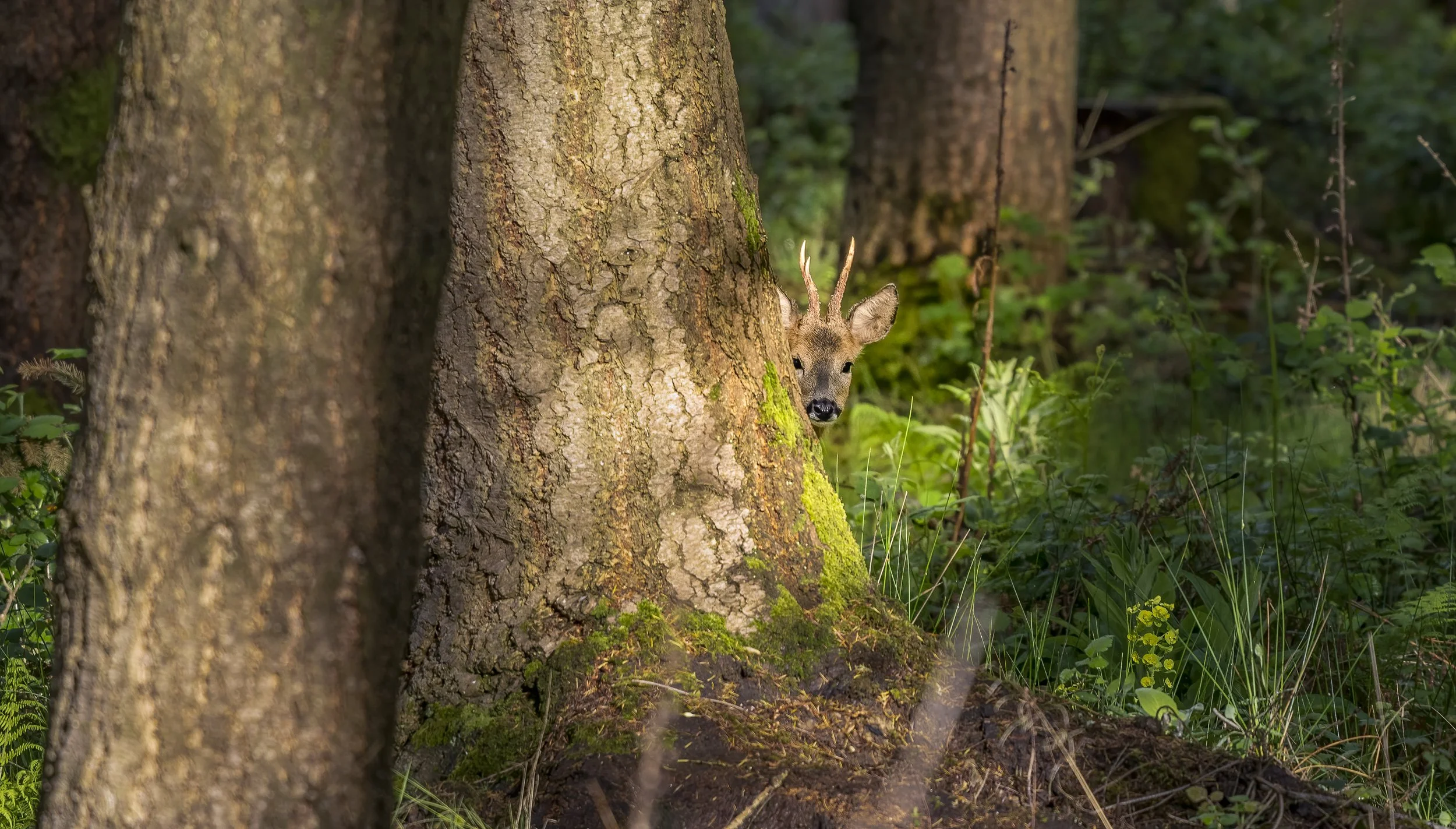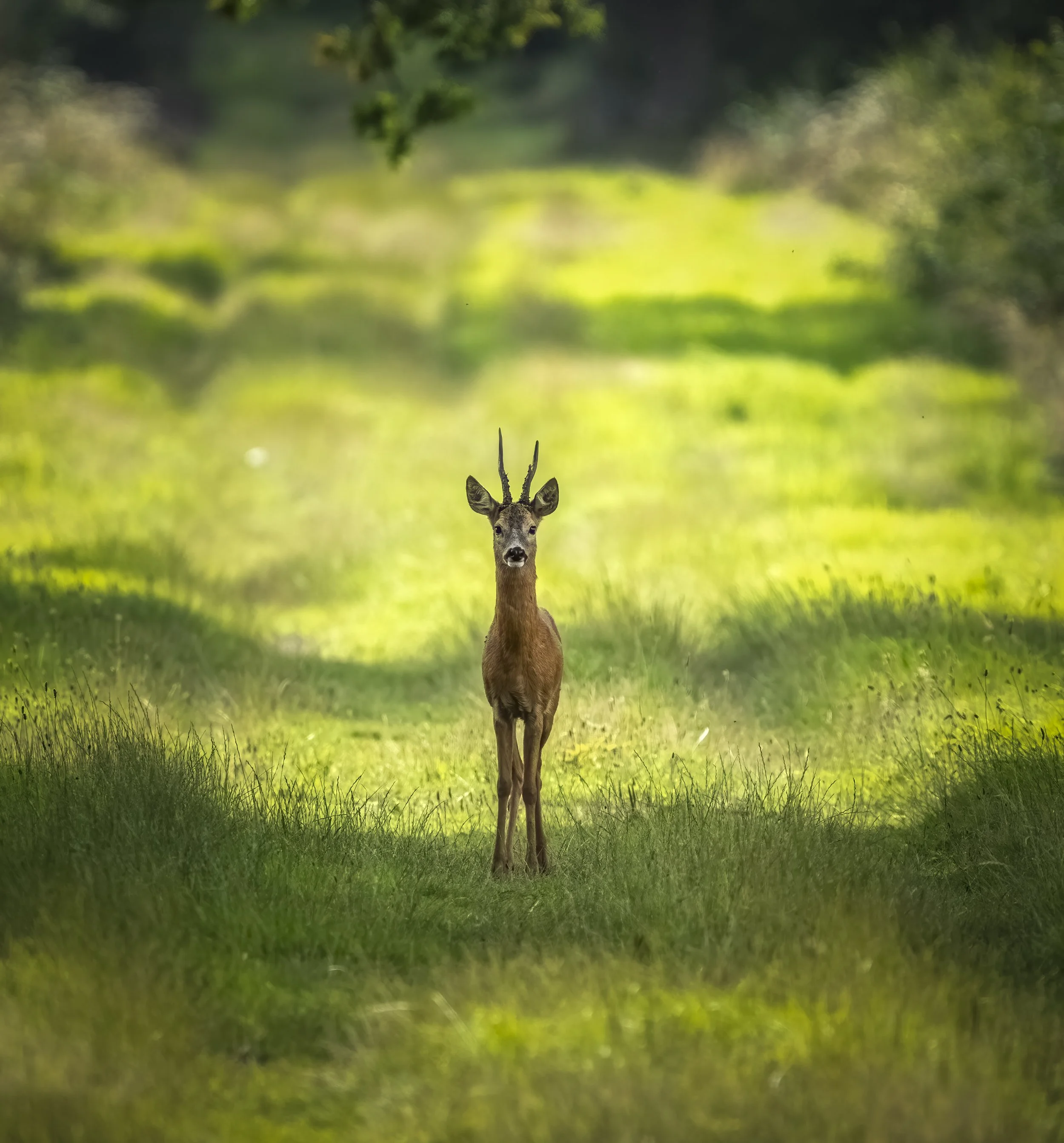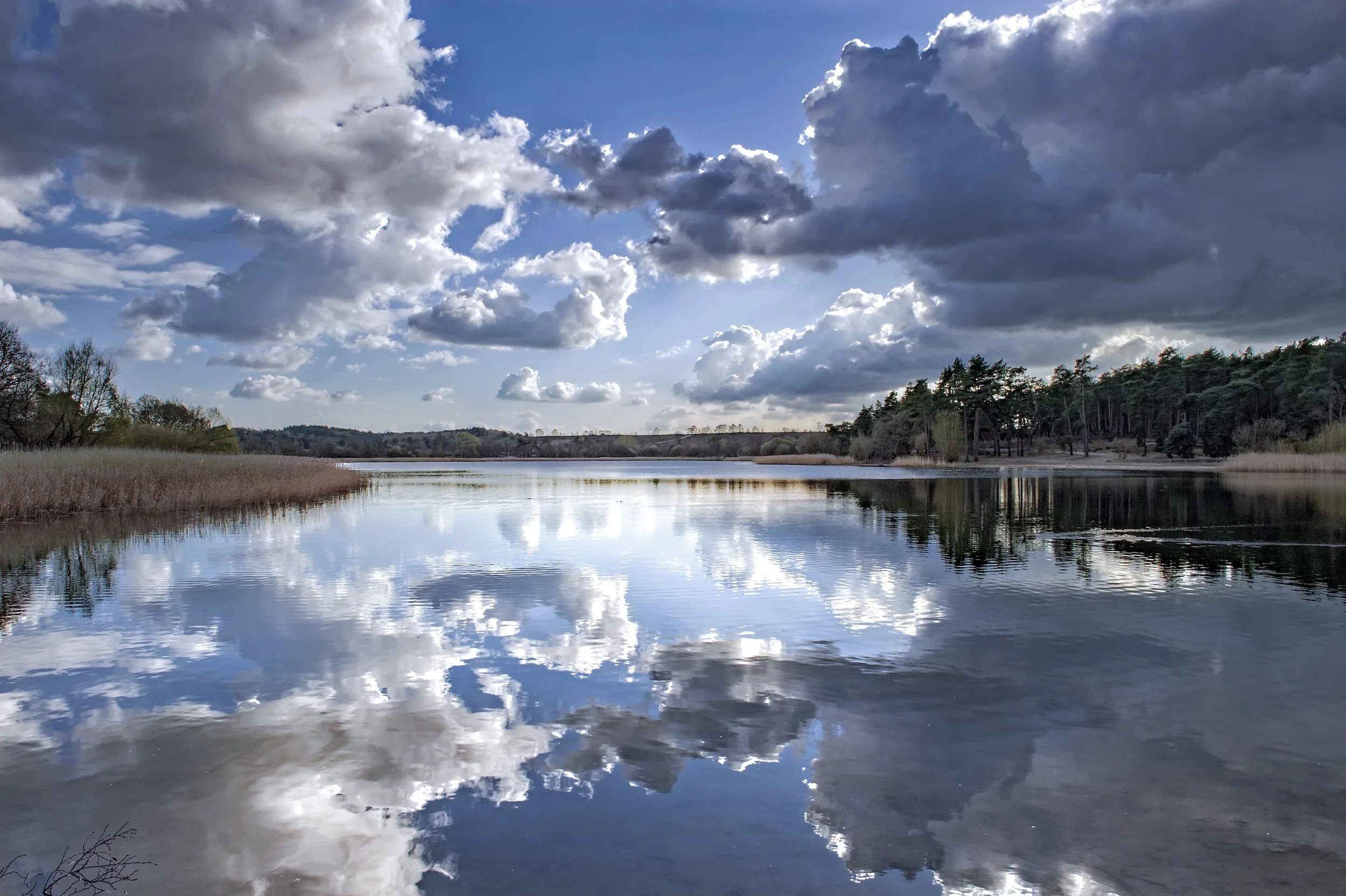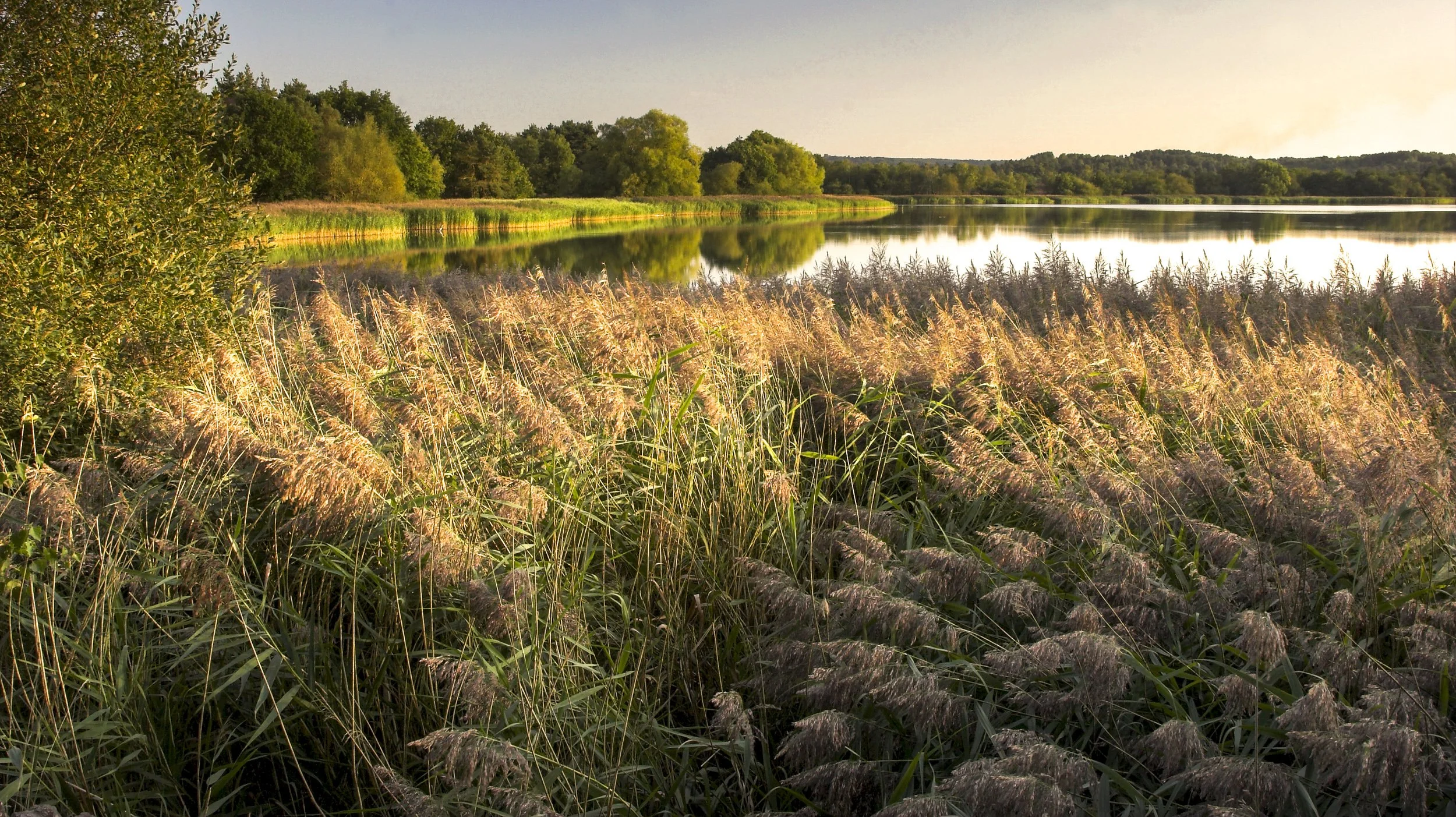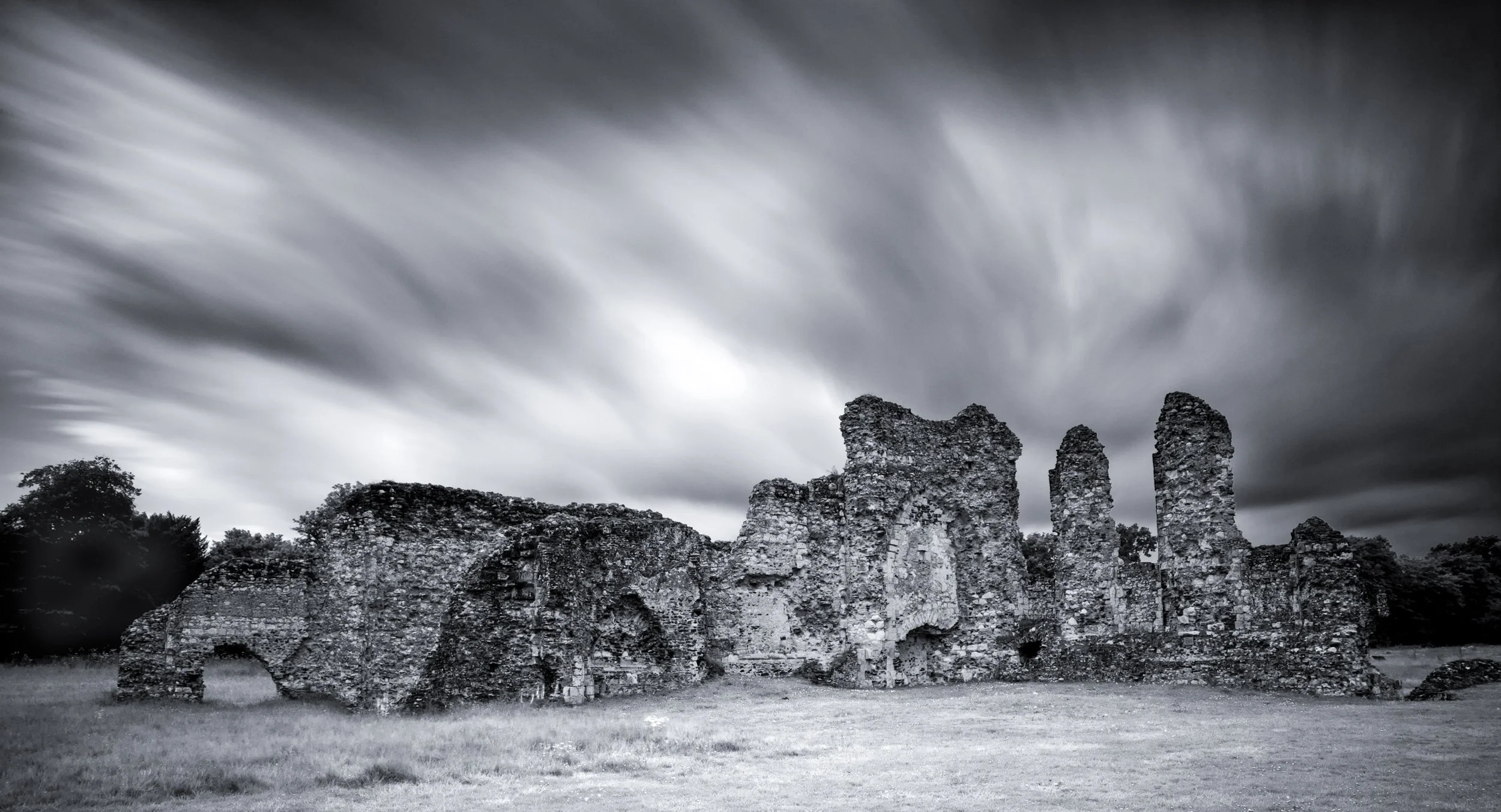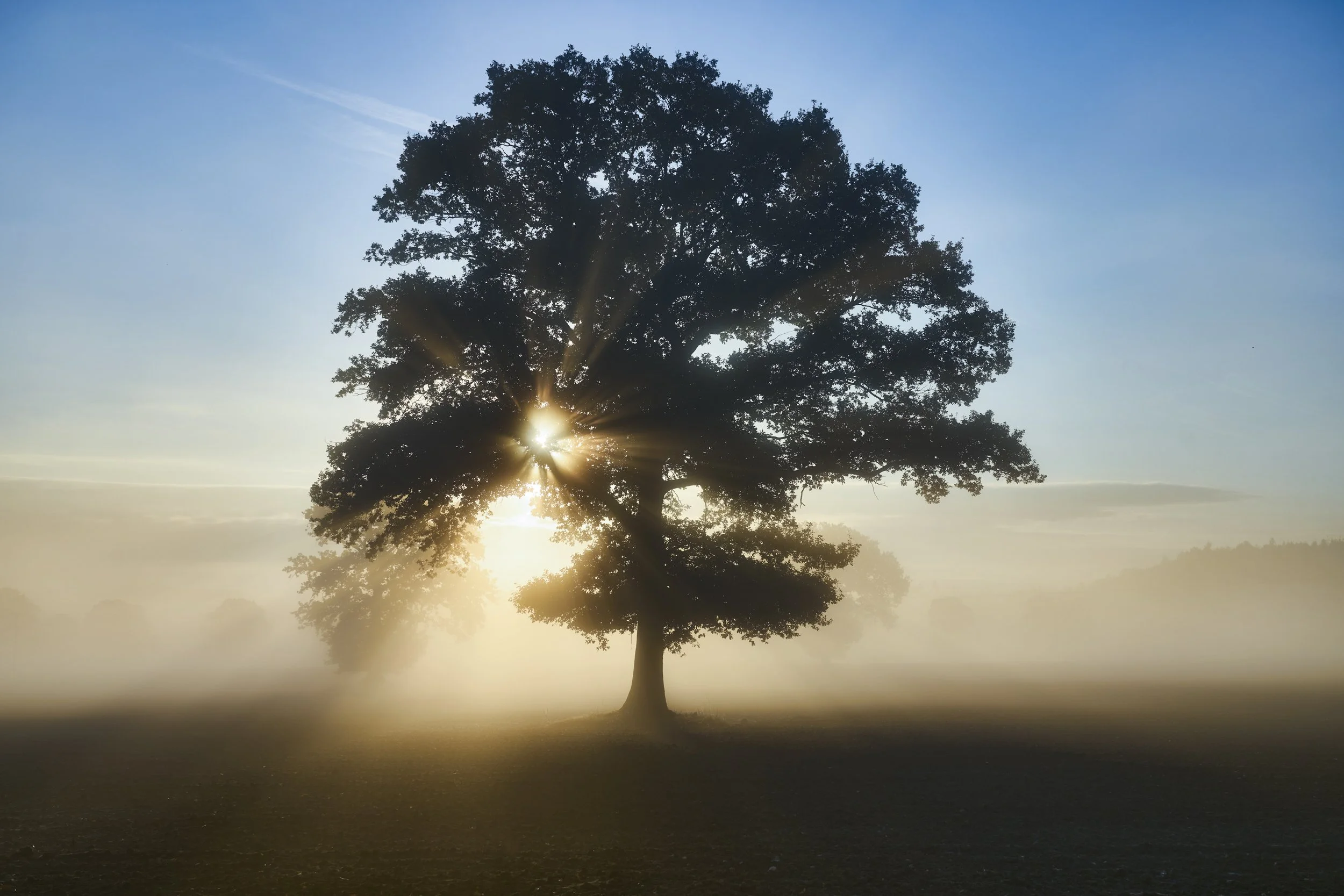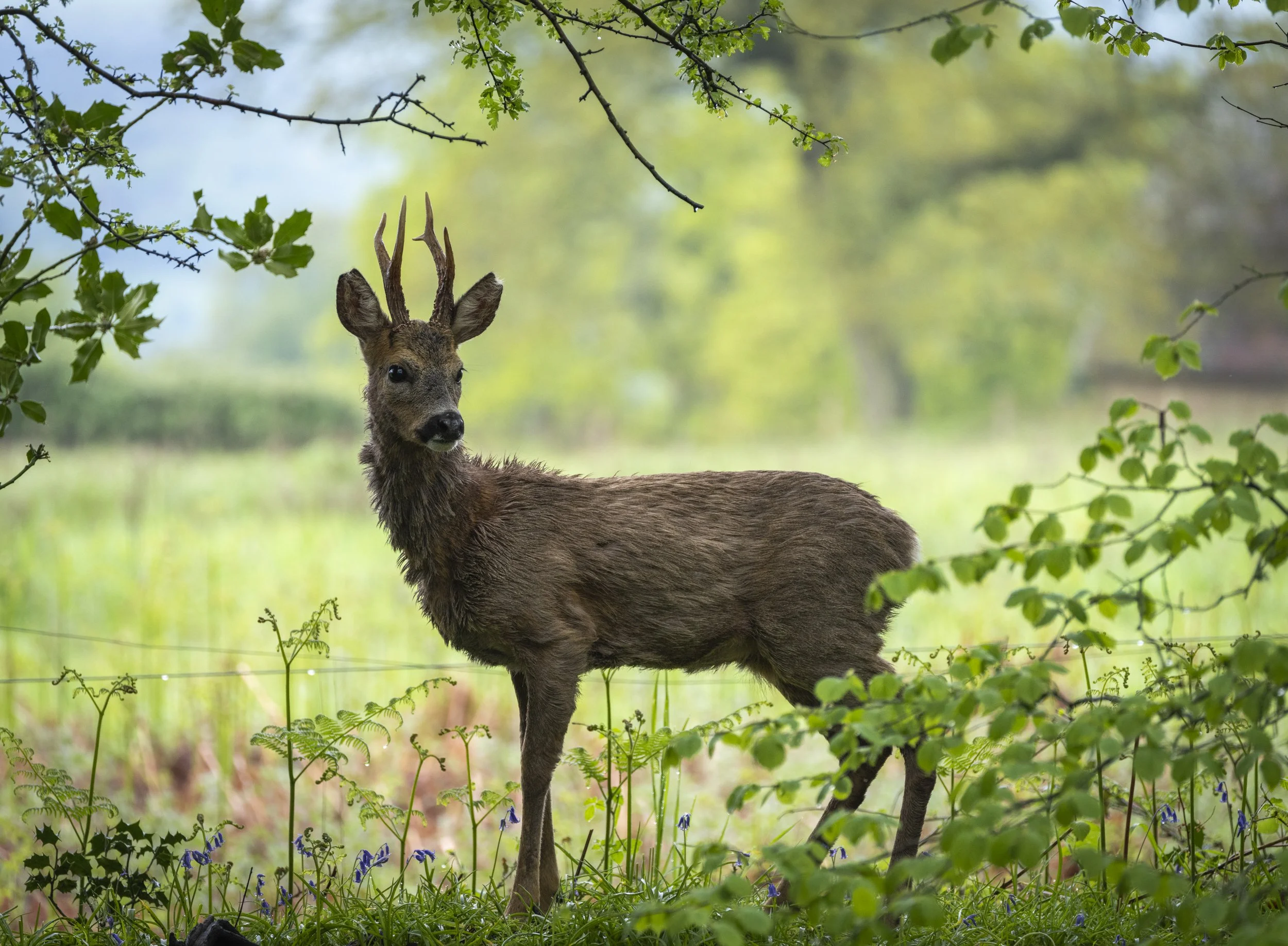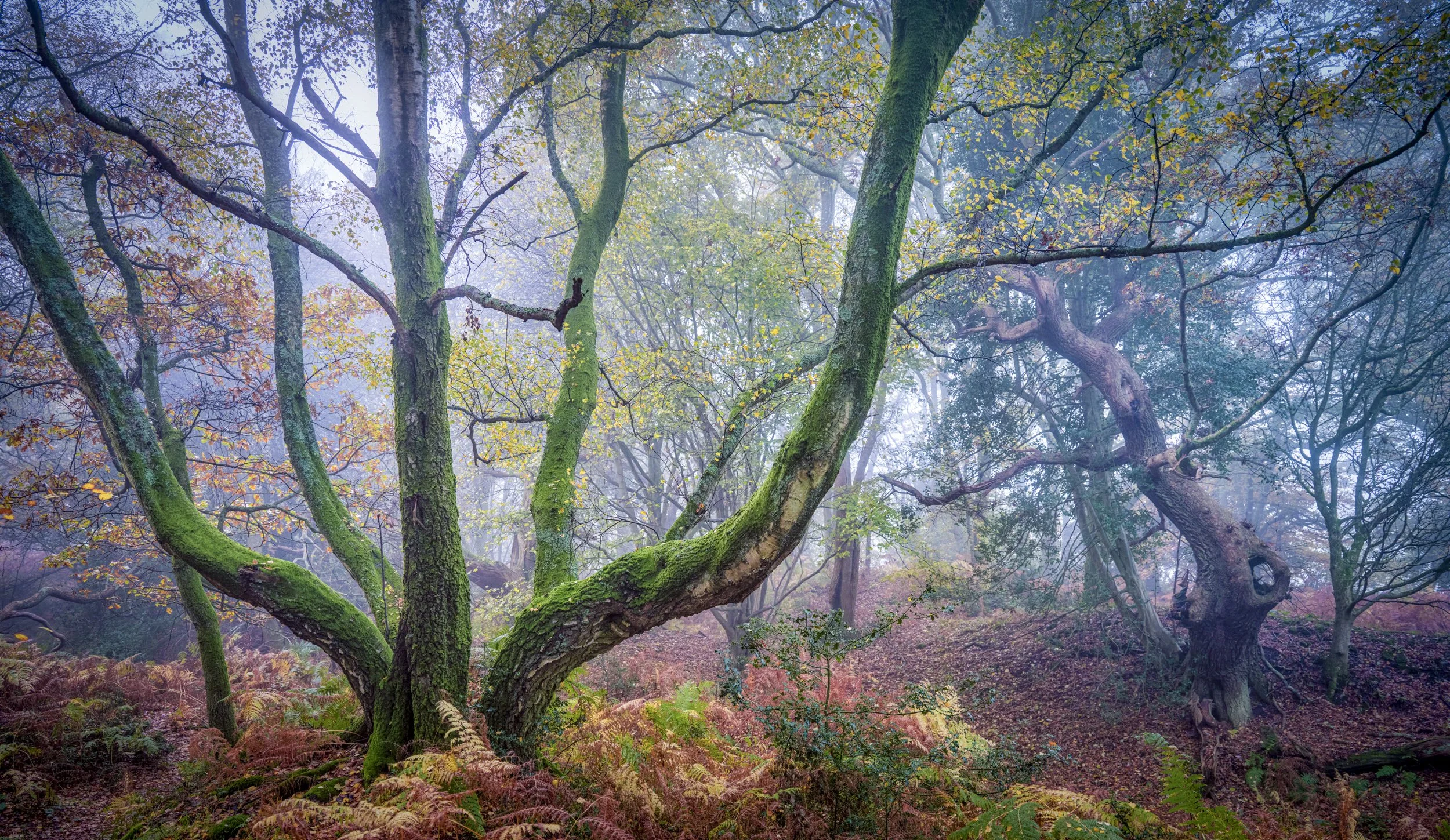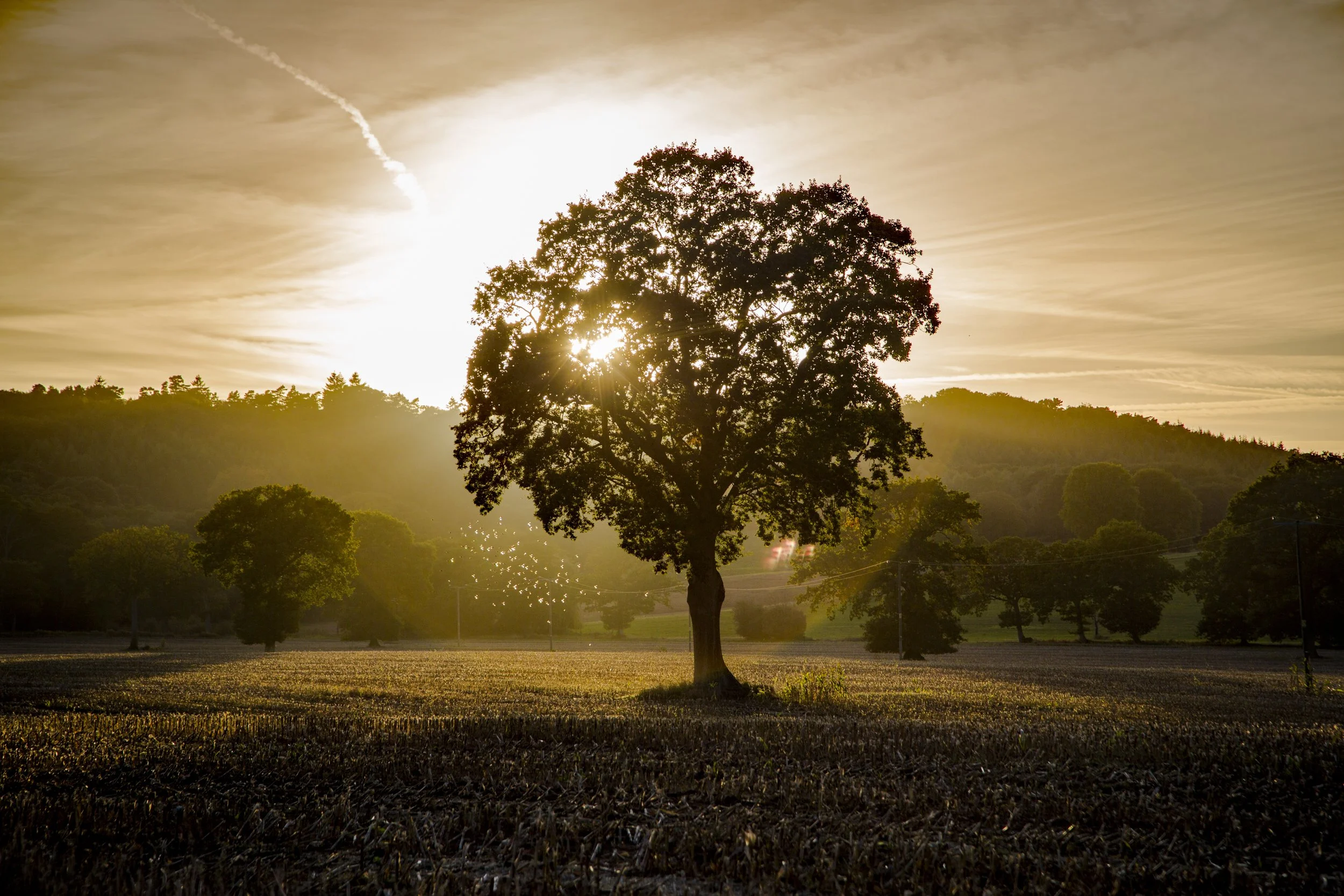The 10 minute rule
“What is it about the English countryside - why is the beauty so much more than visual? Why does it touch one so?”"
Dodie Smith
Okay, I’ll admit it…I used to get jealous of those fortunate landscape photographers who happened to live in photogenic locations. I’d see their images in various photographic magazines and would be wowed by the amazing landscapes laid out in print before me, wishing I could live in such beautiful areas and be surrounded by the boundless photographic opportunities they offered.
In my early days as a landscape photographer I did indeed visit some of these wonderful locations and was even more wowed by the landscapes in real life - even if it did occasionally entail sleeping rough in the back of my Renault Scenic car. Sadly, I often fell into the common trap of these much photographed locations of simply taking the same image as everyone else. They may have been decent images but they were not especially creative and they certainly weren’t unique.
Many of these “honeypot” locations get very busy nowadays and have been photographed from almost every conceivable angle, in every different type of light and season. Don’t get me wrong - there are still a few iconic locations that I wish to photograph and some day or other I will probably get around to them. But they are not a priority for me.
My preference for the last decade or so has been to focus on landscapes in and around the area I live. West Sussex may not be blessed with towering mountains, rugged fells or wild coasts but it is very beautiful in its own right, with rolling downland, plentiful forests and many heaths and commons that one can roam around. So I try to do most of my landscape and wildlife photography within a ten minute drive or less from my home.
Exploring the local area, often with my two miniature schnauzers, has given me a far greater knowledge, understanding and appreciation of the area I live in. But there are other benefits to this approach.
I can literally sit and watch the weather develop on any given day and react to it promptly, knowing that if conditions develop that might suit a particular location or viewpoint then I can be there in 10 minutes. If things don’t pan out then I can be home again just as quickly with very little time wasted and very little expense.
I also know that the locations I find close to me are not going to be over-photographed, if even photographed at all. I am likely to be one of the first people to capture these landscapes and there is something very appealing to that creativity-wise. It means that I cannot fall back on someone else’s composition from a magazine or instagram account. Instead, it is up to me to creatively find the view I like and create something that others are unlikely to have seen.
Being so close means I can get out to these locations many times over the year. This allows me to see and capture images at different times of day, in different lighting conditions and at different times of the year. I do enjoy seeing how the character of the compositions change as the seasons change and I can store away compositions for a later day when conditions might be more suitable.
It also means that I am effectively documenting the ever changing landscape around me. For example the pine trees in the second image in this article have been felled since the photograph was taken and although new trees have been planted, as part of a managed woodland, they will not grow the same and will take many years to reach maturity.
A good number of the images here were captured on either the early morning or afternoon dog walks. I find that the early morning walks are particularly fruitful. Often there is no-one around as we walk through the woods or across the commons and on many occasions a quiet approach on my own has enabled me to surprise some of the many wild roe deer we have around here. I can highly recommend taking some sort of camera with you on your walks / dog walks as who knows what you might come across
Years ago I set myself a photographic project to photograph a wild roe deer and found it quite challenging. By contrast, early morning walks with the dogs have given me lots of opportunities in a number of different locations. Being aware that some places have a higher population of deer than others can help guide me with which lenses to take - if I think I may see some deer in good light then I will take one of my longer telephoto lenses and wear clothing that helps me blend in a little more to the surroundings.
Often with deer, I find that they stay in an area for a day or two. So, having found some on a particular dog walk I can have the odds in my favour that I may see them again the following day. That can help guide my choice of locations and again the type of photography I might do in a given week.
It can be surprising when you look at an Ordnance Survey map or google earth how many places there are that are accessible and often free to visit. We are spoilt to have a lot of national trust land in the area I live, and visiting these locations can often be free or for a small car parking charge.
The images above and below these two paragraphs were taken at Frensham Little Pond, owned by the National Trust. They have been taken from almost the same position, yet each of them has a very different feel. The one above has cooler tones, whilst the one below is warm and picks up the evening summer sun catching the tops of the reeds.
The image below is of Waverley Abbey - a ruined Cistercian monastery that is owned by English Heritage and which is free to visit.
In the image I tried to use a long exposure to give the feeling of the passing of time. Another location found by looking at a map - I’m still a bit old school !
Visiting local locations means that I am likely to get out with my camera more than I might otherwise do, as it is not especially onerous to do so. This gets me out in the countryside and in the fresh air more often, and gets me away from my phones or screen for an hour or two, with all the health benefits that offers.
The image above was captured on an early morning dog walk. I specifically chose the location that morning as it is in the bottom of a valley that I know often has low lying mist. I hoped that the rising sun would enable me to capture some nice atmospheric silhouettes of the trees. Visiting it on many occasions in the past gave me the local knowledge to increase the chances of getting the shot I wanted.
This lovely chap below was also photographed on an early morning dog walk in spring and you can see that he is just beginning to lose some of his winter coat in his neck area. I quietly walked passed him, so as not to disturb him, and snapped about a dozen or so images as I went by. He certainly made the morning walk for me that day!
The image below was taken early one misty autumn morning. I decided to try a new path that I hadn’t walked along before, to see where it went. I found a hidden dip, off the beaten path, with some fascinating trees. I love the limbs of the tree on the left lifting up like outstretched fingers and the oak tree on the right with what looks to be a face - a gaping mouth with eyes above it.
So, hopefully I have convinced you that getting out with your camera locally can be very rewarding. Wherever you live, give it a try. If you live in an urban environment then you could try some street photography or urban wildlife or even architecture. The choice is yours - just get out there and enjoy yourself.

